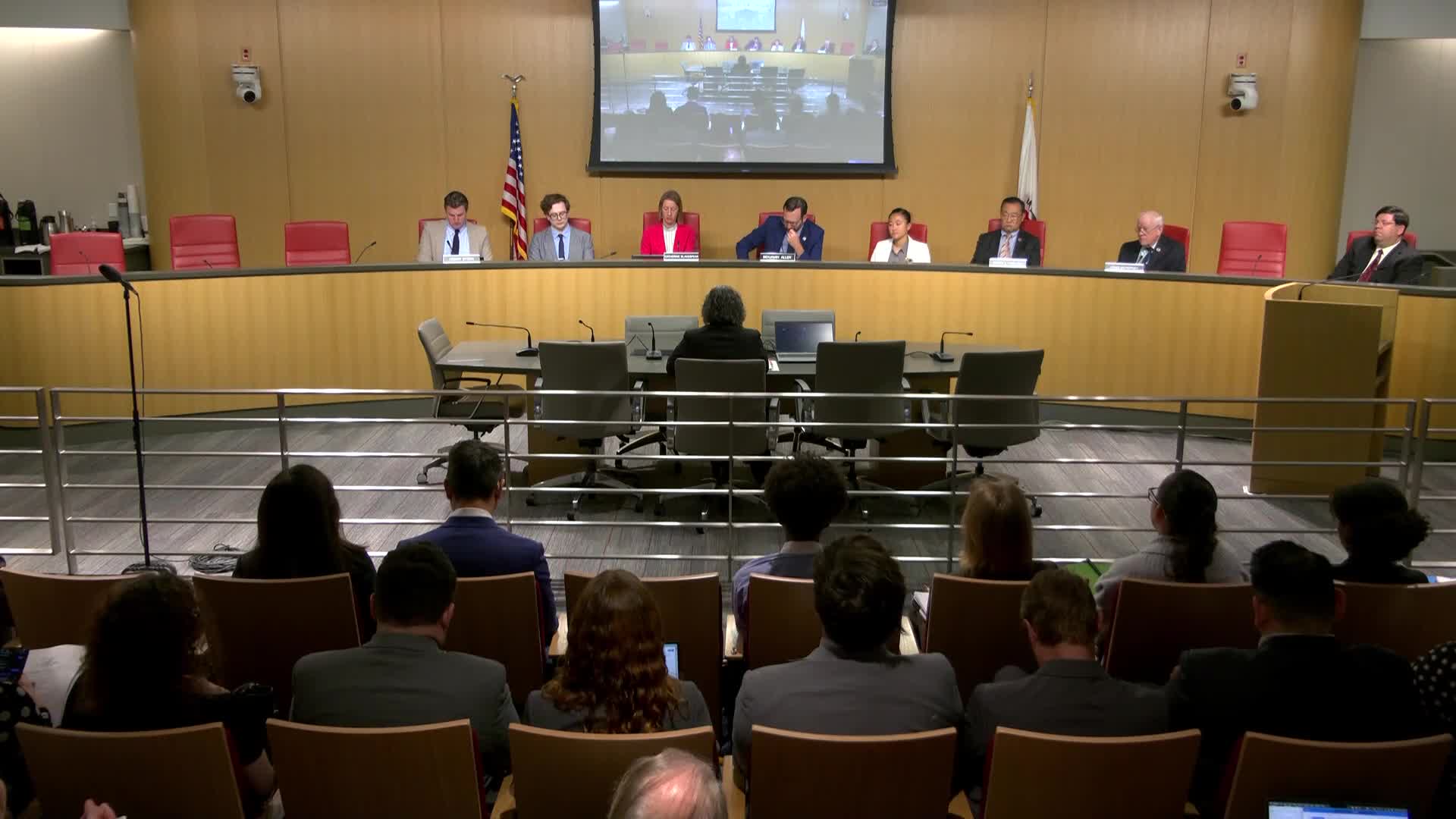California Air Resources Board discusses carbon neutrality goals and wildfire impacts
May 08, 2025 | California State Senate, Senate, Legislative, California
This article was created by AI summarizing key points discussed. AI makes mistakes, so for full details and context, please refer to the video of the full meeting. Please report any errors so we can fix them. Report an error »

On May 8, 2025, the California State Senate convened a joint hearing of the Budget and Fiscal Review Subcommittee No. 2 on Resources, Environmental Protection and Energy, and the Senate Environmental Quality Committee. The meeting focused on critical discussions surrounding California's cap-and-trade program, carbon neutrality goals, and the implications of recent federal policy changes on state environmental strategies.
The meeting opened with a commitment to public health and environmental protection, emphasizing the importance of a sustainable economy. The discussions highlighted the need for California to adapt its strategies in light of economic volatility and federal policy shifts. A key topic was the state’s goal of achieving carbon neutrality by 2045, as mandated by legislation. The California Air Resources Board (CARB) representatives discussed various scenarios for adjusting the number of emissions allowances to ensure compliance with this goal, noting that a reduction in allowances could enhance the program's effectiveness.
Senators raised concerns about the adequacy of the current cap-and-trade program in driving necessary emissions reductions. The CARB officials acknowledged these concerns and indicated that they are considering adjustments to the program to increase its stringency. They emphasized the importance of maintaining clarity and certainty for investors and businesses as they plan for compliance with emissions regulations.
Another significant discussion point was the role of carbon capture and removal technologies in California's emissions reduction strategy. CARB officials noted that these technologies could provide compliance opportunities within the cap-and-trade framework, allowing for greater flexibility in meeting emissions targets.
The hearing also addressed the impact of wildfires on air quality and climate goals. While CARB is not directly responsible for wildfire emissions, they acknowledged the need for better forest management and mitigation strategies to reduce wildfire intensity and its associated air quality impacts. Senators expressed frustration over the perceived disconnect between regulating smaller sources of emissions, such as forklifts, and the larger issue of wildfire smoke, which significantly contributes to air pollution.
In response to concerns about the economic impact of stringent regulations on businesses, CARB officials reiterated their commitment to balancing public health goals with economic considerations. They discussed the potential for using cap-and-trade revenue to support strategic investments in clean technology and infrastructure, including fire prevention measures.
The meeting concluded with a call for continued collaboration among state agencies to address the multifaceted challenges of climate change and air quality. As California moves forward, the discussions underscored the importance of adapting regulatory frameworks to ensure they are effective, equitable, and responsive to both environmental and economic needs. The next steps will involve further analysis of the cap-and-trade program and potential legislative actions to enhance its effectiveness in achieving California's ambitious climate goals.
The meeting opened with a commitment to public health and environmental protection, emphasizing the importance of a sustainable economy. The discussions highlighted the need for California to adapt its strategies in light of economic volatility and federal policy shifts. A key topic was the state’s goal of achieving carbon neutrality by 2045, as mandated by legislation. The California Air Resources Board (CARB) representatives discussed various scenarios for adjusting the number of emissions allowances to ensure compliance with this goal, noting that a reduction in allowances could enhance the program's effectiveness.
Senators raised concerns about the adequacy of the current cap-and-trade program in driving necessary emissions reductions. The CARB officials acknowledged these concerns and indicated that they are considering adjustments to the program to increase its stringency. They emphasized the importance of maintaining clarity and certainty for investors and businesses as they plan for compliance with emissions regulations.
Another significant discussion point was the role of carbon capture and removal technologies in California's emissions reduction strategy. CARB officials noted that these technologies could provide compliance opportunities within the cap-and-trade framework, allowing for greater flexibility in meeting emissions targets.
The hearing also addressed the impact of wildfires on air quality and climate goals. While CARB is not directly responsible for wildfire emissions, they acknowledged the need for better forest management and mitigation strategies to reduce wildfire intensity and its associated air quality impacts. Senators expressed frustration over the perceived disconnect between regulating smaller sources of emissions, such as forklifts, and the larger issue of wildfire smoke, which significantly contributes to air pollution.
In response to concerns about the economic impact of stringent regulations on businesses, CARB officials reiterated their commitment to balancing public health goals with economic considerations. They discussed the potential for using cap-and-trade revenue to support strategic investments in clean technology and infrastructure, including fire prevention measures.
The meeting concluded with a call for continued collaboration among state agencies to address the multifaceted challenges of climate change and air quality. As California moves forward, the discussions underscored the importance of adapting regulatory frameworks to ensure they are effective, equitable, and responsive to both environmental and economic needs. The next steps will involve further analysis of the cap-and-trade program and potential legislative actions to enhance its effectiveness in achieving California's ambitious climate goals.
View full meeting
This article is based on a recent meeting—watch the full video and explore the complete transcript for deeper insights into the discussion.
View full meeting
